Posted on 1/11/2026
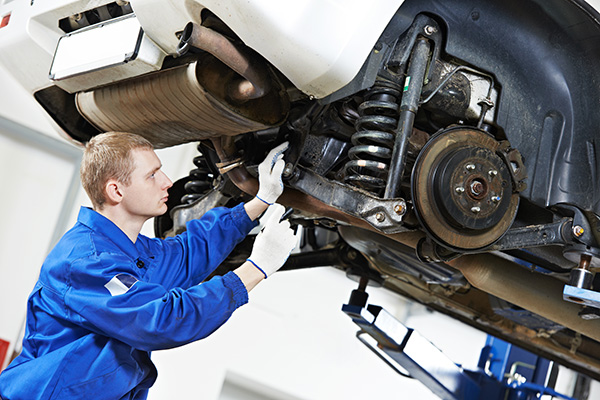
Most suspension problems don’t start with a loud bang. They usually begin as a slow change you feel over time. The car starts sounding a little bit rougher, the steering feels less settled on the highway, or you notice a clunk when you pull into a driveway or go over a bump. It’s easy to chalk it up to bad roads but it could be your suspension and suspension wear has a way of snowballing. Once the vehicle stops staying planted the way it used to, comfort is only part of the story. What The Suspension Is Really Doing While You Drive Your suspension has a few jobs that happen all at once. The suspension is not only there for comfort. It's main job is to keep the tires pressed to the road. The suspension controls body movement, articulates with uneven ground, and absorbs bumps so the tires roll over the ground with consistent pressure, rather than bouncing across it. Springs hold the vehicle up, ball joints allow multi-angle ar ... read more
Posted on 4/10/2025
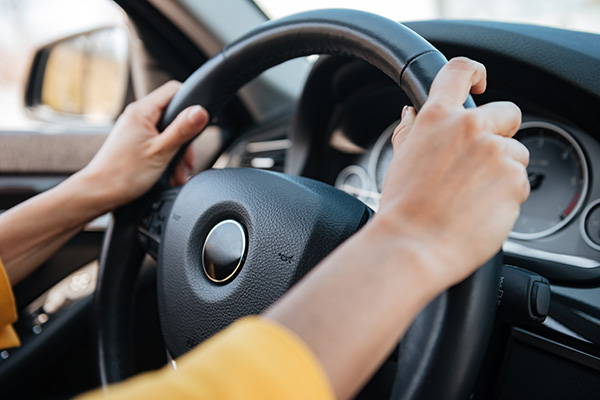
If your steering wheel suddenly starts to feel off—maybe it shakes, pulls to one side, or just feels looser or stiffer than usual—it’s worth taking seriously. These changes don’t happen for no reason. In many cases, it’s a sign that something isn’t quite right with your alignment, suspension, tires, or power steering system. Steering isn’t just about comfort—it’s about control. And when that feeling changes, it’s your vehicle’s way of signaling a problem you shouldn’t ignore. So, what could be behind the difference you’re noticing? Vibrations at Certain Speeds If your steering wheel starts to shake or vibrate when you hit a certain speed—typically around 50 to 70 mph—it’s often a sign of wheel balance issues or uneven tire wear. When the wheels aren’t properly balanc ... read more
Posted on 5/7/2024
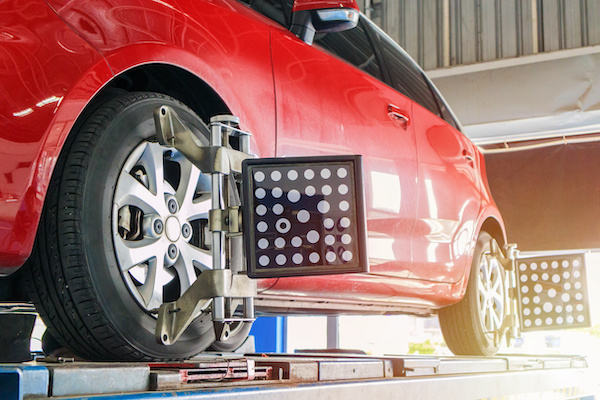
Have you ever wondered why your car seems to pull to one side, or why your tires wear unevenly? The answer may lie in your vehicle's alignment. Proper wheel alignment is essential for maintaining optimal handling, tire wear, and overall vehicle performance. The Importance of Alignments Alignment refers to the adjustment of a vehicle's suspension components to ensure that all four wheels are positioned correctly relative to each other and the road surface. Proper alignment helps your car maintain straight-line stability, improves handling and cornering ability, and reduces tire wear. Without proper alignment, your vehicle may experience issues such as uneven tire wear, steering pull, and decreased fuel efficiency. Proper Wear and Tear on Tires One of the most noticeable effects of poor alignment is uneven tire wear. When your wheels are not properly aligned, they exert uneven pressure on the tires, causing certain areas of the tread to wear down more quickly than others. Thi ... read more
Posted on 4/19/2024
.jpeg)
Ever stood by your car, staring at the sidewall of your tires, and wondered what those numbers and letters mean? You're not alone. These numbers aren't just random; they're the key to understanding crucial aspects of your tires, from size to load capacity. But fret not, we're here to decode this numerical puzzle for you. By the end of today's article, you'll be reading tire numbers like a pro, making tire shopping or maintenance a breeze. Understanding the Aspect Ratio The aspect ratio of a tire refers to the height of its sidewall in comparison to its width. For example, if the aspect ratio is 55, it indicates that the height of the tire is 55% of its width. Lower aspect ratios generally correspond to wider tires, which may result in improved handling and stability. Deciphering the Service Description At the end of the tire size sequence, you'll find a service description. This includes a number, representing the maximum load the tire can handle ... read more
Posted on 6/27/2023

Worn tires are not only an inconvenience but can cause accidents if left unchecked. But don't worry, we will share with you the top 5 signs that your vehicle needs new tires, and what you can do about it! 1. Tread Wear One of the most common indicators that you need to retire your tires is tread wear. Worn tire treads can pose serious problems, especially in severe weather conditions such as rain and snow. The tread of the tire allows water and slush to escape and allow the rubber to meet the road. Worn tires have shallow tread or no tread at all and are less effective at evacuating water from the contact patch. This leads to hydroplaning, where the tire floats on top of the water, and loss of control. The tread wear can be checked by locating the tread wear indicators, small bars inside the tread. When the surface of the tire is even with these bars, it is time to replace the tires. Tread depth inspection is a crucial part of road safety. 2. Tire P ... read more
Posted on 6/26/2023
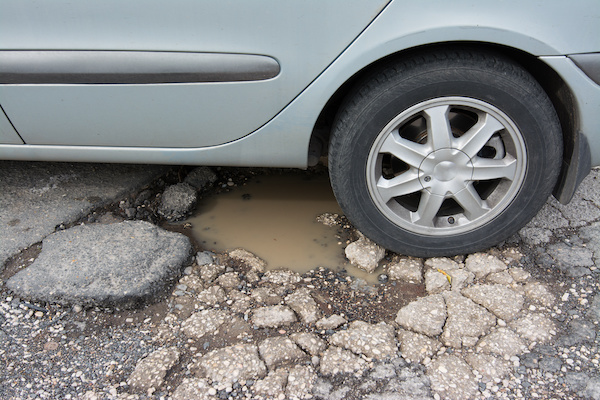
Pothole damage is a common road hazard that can cause damage to your vehicle. However, the damage may not be obvious. Say you nicked a porthole, just barely, or hit one straight on. Regardless, your vehicle could sustain some damage. But the intensity will depend on your speed during impact and the pothole's depth. Either way, these damages, whether obvious or hidden, can have long-term effects. Potential Potholes Damages 1. Wheel Bearing Damage Wheel bearings can fail following hitting a pothole. When your vehicle's tire goes into a pothole, the wheel bearing jolts, causing a minor indention to the bearing races. If unnoticed, the bearing grease will have turbulence over the area, causing less lubrication. Ultimately, the lack of lubrication will lead to wheel bearing failure. 2. Suspension Damage A severe pothole can damage the components of your car's suspension system. A pothole can impact components including ball joints, sway bar links, control arm bus ... read more
Posted on 7/27/2022
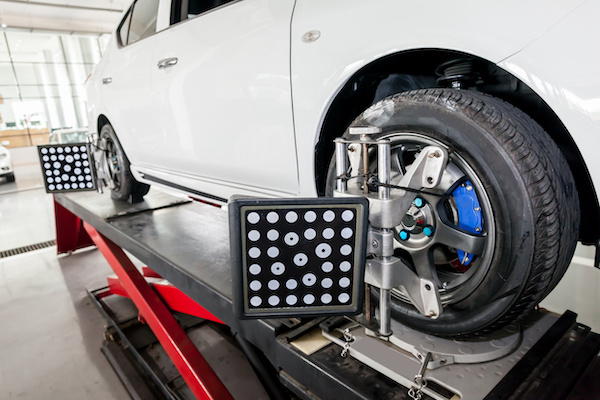
Do your vehicle's tires need aligning, balancing, or both? Although the two processes are often carried out at the same time, they're two different procedures that together help to ensure your tires operate optimally. What is Wheel Alignment? The wheels on your vehicle are angled to provide the best balance of grip, safety and tire longevity. Over time, mainly if the vehicle is driven over rough, uneven surfaces, the tires can gradually move out of alignment. Poorly aligned tires may cause: Uneven tire wear. Steering that pulls left or right The steering wheel isn't straight, even when the vehicle is driving in a straight line. Problems with braking and handling. What is Tire Balancing? A tire should have the same amount of load at the base at every stage of its revolution. Tires that are worn unevenly, damaged tires, or tires that have been kept on a stationary vehicle for a long period of time are all likely to develop an uneven weight profile. Even new tires have ... read more